
The restaurant construction industry is a specialized sector within the construction industry that designs, constructs, and renovates buildings for the food service industry. The industry requires specific expertise in areas such as kitchen design, equipment installation, and lighting. Adherence to food safety and building codes is essential. Companies in the industry must have a strong reputation for quality workmanship, on-time delivery, and adherence to budget. Sustainable and environmentally-friendly construction is also becoming increasingly important. GAO RFID Inc., a global top 10 leader in RFID, has extensive experience in restaurant construction.
GAO RFID Systems & Hardware for Restaurant Construction
GAO RFID Inc. offers the largest selection of BLE gateways, BLE beacons, RFID readers, tags, antenna, printers, and integrated RFID systems for various industries, including restaurant construction.
BLE (Bluetooth Low Energy)
GAO offers advanced BLE gateways:
as well as versatile beacons with such important functions as temperature, humility, vibration and panic button:
GAO’s BLE technology is suitable for all kinds of industries, including restaurant construction.
UHF (Ultra High Frequency) RFID
GAO offers the largest selection of UHF RFID readers for various industries, including restaurant construction:
GAO RFID offers the widest choice of UHF RFID tags, labels, badges, wristbands for various industries, including restaurant construction:
and an array of antennas to address different applications:
HF (High Frequency), NFC (Near Field Communications) and LF (Low Frequency) RFID
GAO offers the largest selection of HF, NFC, and LF RFID readers for various industries, including restaurant construction:
- High Frequency 13.56 MHz Passive RFID Readers
- Low Frequency 134 kHz Passive RFID Readers
- Low Frequency 125 kHz Passive RFID Readers
HF, NFC and LF RFID tags, labels, badges, wristbands for various industries, including restaurant construction:
and antennas:
GAO also offers RFID printers:
Digital I/O adapters:
and relay controllers:
For embedded applications, GAO offers UHF, HF and LF RFID reader modules:
- UHF 860 – 960 MHz RFID Modules
- 13.56 MHz High Frequency RFID Modules
- 125 kHz Low Frequency RFID Modules
The RFID systems by GAO are highly popular for clients in restaurant construction:
People or workers tracking system:
Physical asset or operational equipment tracking system:
Personnel or people access control system:
Parking or vehicle control system:
There are two versions of GAO’s software, one is running on a local server, and another running in the cloud.
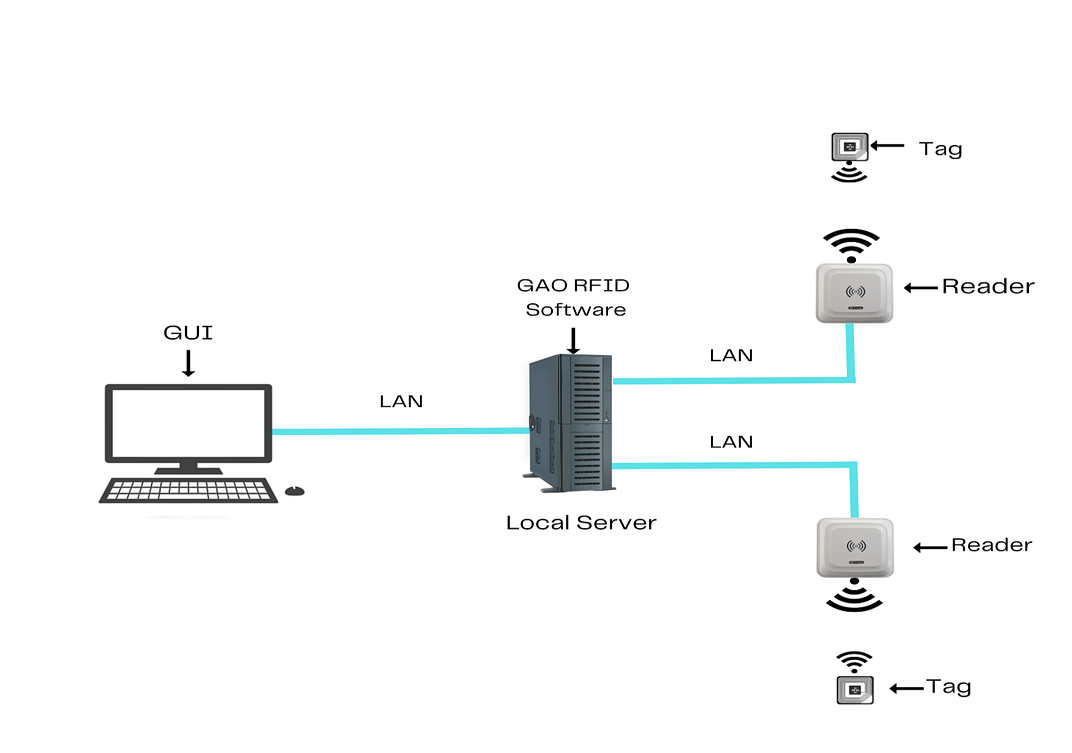 GAO’s Software Runs on a Local Server
GAO’s Software Runs on a Local Server
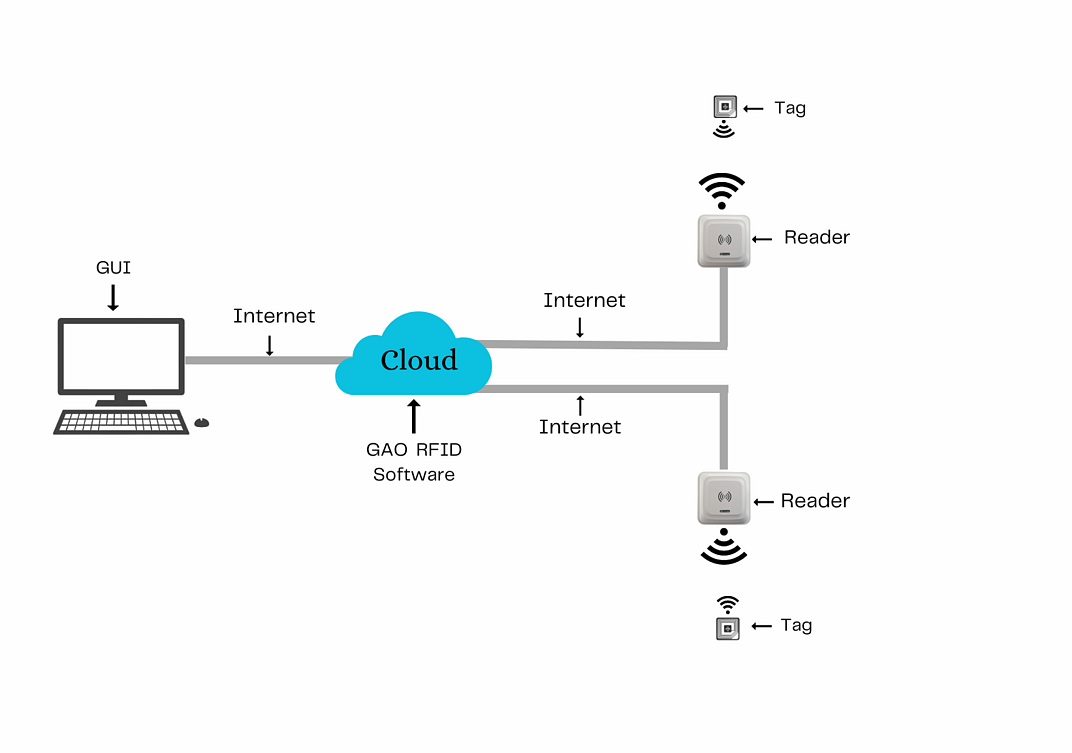 GAO’s Software Runs in the Cloud
GAO’s Software Runs in the Cloud
GAO offers free samples of its RFID tags, labels, badges, and wristbands
GAO offers free trial for all of its software available.
Applications & Benefits of GAO’s RFID, BLE, IoT & Drones for the Restaurant Construction
Applications & Benefits of applying RFID to the restaurant construction
- Improved efficiency: GAO RFID tags enable real-time tracking of inventory levels and locations of restaurant equipment such as ovens, refrigerators, and dishwashers, as well as tools like knives, pans, and mixing bowls. This solution helps prevent overstocking and stock shortages, and allows for monitoring of material usage during restaurant construction.
- Increased accuracy: With GAO RFID technology, the location of restaurant construction materials such as lumber, bricks, cement, and steel, as well as equipment like cranes, bulldozers, and scaffolding, and tools such as hammers, saws, and drills can be tracked, saving time for workers to focus on construction tasks. This results in increased productivity and faster project completion.
- Cost optimization: Our RFID solutions can help reduce labor costs which save overall costs for your company.
- Improved inventory management: RFID tags can be attached to high-value assets such as ovens, refrigerators, and other equipment like mixers, blenders, and grills, their location and usage can be tracked in real-time. This can help prevent theft and ensure that assets are being used efficiently.
Applications & Benefits of applying BLE technology to the restaurant construction
- Improved safety: BLE technology can be used to monitor the location of safety equipment such as fire extinguishers and first aid kits, ensuring that they are always within reach in case of an emergency.
- Real-time tracking: BLE beacons can be used to track the location of workers, equipment like mixers, blenders, and grills in real-time. This can help restaurant construction managers to monitor the progress of the project and ensure that workers are using their time efficiently.
- Access Control: BLE technology can be used to control access to restricted areas of the construction site, ensuring that only authorized personnel are able to enter these areas.
Applications & Benefits of applying combination of RFID and drones to restaurant construction
- Rapid data collection: Drones equipped with GAO RFID solutions can quickly and easily collect data from a large area, including areas that are difficult to access by foot or by vehicle.
- Improved project planning: The data collected by drones equipped with RFID technology can be used to create accurate visual models of the construction site. These models can be used to identify potential design flaws or construction issues, allowing for adjustments to be made before construction begins.
- Surveillance: Drones equipped with RFID technology can be used to quickly and accurately survey the construction site, providing real-time data on the location of specific equipment and tools, such as cranes, bulldozers, drills, and saws, as well as monitoring the location of building materials like concrete, steel beams, and roofing tiles.
Applications & Benefits of applying combination of RFID and IoT to the restaurant construction
- Monitoring real-time environmental factors: IoT sensors can be used to track inventory levels, while RFID tags can be used to monitor the location of items such as concrete and steel. This allows managers to quickly identify when inventory is running low and track the movements around the construction site, reducing the time spent on manual inventory management.
- Prevent hazards: IoT sensors can be used with our GAO RFID products to detect overheating or high humidity levels, which can be indicative of a potential electrical hazard.
- Predictive maintenance: IoT sensors in the RFID tags can detect vibrations or other hazardous conditions, alerting managers to potential safety issues before they cause an accident or injury.
- Enhanced data analysis: IoT-enabled RFID tags can collect a wide range of data on equipment and components, including temperature, humidity, and vibrations.
GAO Helps Customers Comply with Standards, Mandates & Regulations
GAO RFID Inc. has helped many companies in the restaurant construction industry to deploy RFID systems and to ensure such deployments complying with the applicable industry standards, mandates and government regulations:
- ISO 18000-6C: This standard specifies the air interface protocol for RFID systems operating in the 860 MHz to 960 MHz frequency range. It is commonly used for supply chain management and inventory tracking in the restaurant industry.
- ISO 15693: This standard specifies the air interface protocol for RFID systems operating in the 13.56 MHz frequency range. It is used for contactless smart card applications, such as loyalty programs, payment systems, and access control in the restaurant industry.
- ISO 14443: This standard specifies the air interface protocol for RFID systems operating in the 13.56 MHz frequency range. It is used for proximity card applications, such as payment systems and access control in the restaurant industry.
- The Americans with Disabilities Act: The ADA sets requirements for accessibility in public accommodations, including restaurants. This may include requirements for accessible entrances, restrooms, and seating areas.
- Canada Labour Code: It sets out the minimum standards for working conditions in federally regulated workplaces, including those in the railway construction sub-industry. Its regulations cover issues such as hours of work, overtime pay, vacation pay, and workplace health and safety.
- Occupational Safety and Health Administration: OSHA sets standards for workplace safety, which may include requirements for the construction industry. Restaurants may need to comply with OSHA standards for equipment, ventilation, and other safety measures.
- Environmental Protection Agency: The EPA sets regulations for environmental protection, including requirements for hazardous waste disposal, air quality, and water quality. Restaurants may need to comply with EPA regulations related to kitchen equipment, cleaning chemicals, and waste disposal.
- National Fire Protection Association: The NFPA sets standards for fire safety, including requirements for sprinkler systems, fire alarms, and emergency exits. Restaurants may need to comply with NFPA standards to ensure the safety of their customers and employees.
- Food and Drug Administration: The FDA sets regulations for food safety, including requirements for storage, preparation, and handling of food. Restaurants must comply with FDA regulations to ensure that the food they serve is safe and free from contamination.
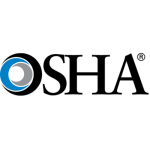 Occupational Safety and Health Administration
Occupational Safety and Health Administration
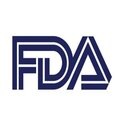 Food and Drug Administration
Food and Drug Administration
 Environmental Protection Agency
Environmental Protection Agency
 Americans with Disabilities Act
Americans with Disabilities Act
 Canadian Labour Congress
Canadian Labour Congress
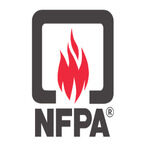 National Fire Protection Association
National Fire Protection Association
GAO’s Software Provides API
GAO’s popular RFID software such as personnel tracking, asset tracking. access control, parking system control offers a free trial and offers an API to each of the common software in the restaurant construction industry:
Personnel Management:
- Project Manager: responsible for overseeing the construction project from start to finish, managing the budget, timeline, and team members.
- Site Supervisor: responsible for supervising the construction site, ensuring safety, managing subcontractors and overseeing the quality of work.
- Human Resource Manager: responsible for managing the recruitment, hiring, training, and performance evaluation of staff.
Equipment Management:
- Equipment Manager: responsible for ensuring that all construction equipment is maintained, serviced, and replaced as needed.
- Procurement Manager: responsible for sourcing and purchasing construction equipment, tools, and materials.
- Inventory Manager: responsible for managing the inventory of construction equipment and materials, ensuring that they are available when needed.
Supply Chain Management:
- Supply Chain Manager: responsible for managing the procurement of construction materials, ensuring that they are delivered on time and within budget.
- Logistics Manager: responsible for coordinating the transportation of construction materials to the construction site.
- Vendor Manager: responsible for managing relationships with suppliers and subcontractors, negotiating contracts and ensuring that they meet quality standards.
Other Application Software:
- Demand Planner: responsible for forecasting demand for construction materials and supplies to ensure that the company has sufficient inventory on hand.
- Quality Control Manager: responsible for ensuring that all construction materials and supplies meet quality standards before they are used in construction.
- Compliance Manager: responsible for ensuring that the company is compliant with all relevant regulations and laws related to the procurement and use of construction materials and supplies.
Case Studies of RFID Applications
Here are two cases of applying RFID in the restaurant construction industry:
McDonald’s utilized RFID application in the restaurant construction industry. The use of RFID tags to track construction materials and equipment on job sites. For instance, a restaurant construction company may use RFID tags to track the location of kitchen equipment, such as ovens, refrigerators, and cooking utensils, as well as building materials, like flooring, countertops, and tiles. By attaching RFID tags to these items, the company can use RFID readers to quickly and easily locate specific equipment or materials as needed. This can help streamline construction processes, reduce the time and cost associated with locating missing items, and improve inventory management. In addition to tracking equipment and materials, RFID can also be used to monitor employee attendance and safety. For example, an RFID-based time and attendance system can automatically track when workers arrive and leave the job site, eliminating the need for manual timekeeping and reducing the risk of errors or fraud.
Chick-fil-A used RFID technology to track the delivery of building materials and equipment to its restaurant construction sites. By attaching RFID tags to each item, Chick-fil-A was able to monitor the arrival and departure of materials, track inventory levels, and prevent theft or loss of equipment. The RFID system also enabled real-time updates on inventory levels and helped the construction team make more informed decisions about scheduling and resource allocation. Additionally, Chick-fil-A used the RFID system to monitor the progress of construction projects, allowing them to identify potential delays and take corrective action before they became major issues. This helped to streamline the construction process, reduce costs, and improve overall efficiency.
GAO Has Served the Restaurant Construction Extensively
GAO RFID Inc., a global top 10 leader in RFID, has served many leading companies in the restaurant construction industry, including its various divisions such as
Quick-service restaurants (QSRs): These are restaurants that provide fast and convenient food service, such as fast-food chains, drive-thrus, and food trucks.
Fine dining restaurants: These are high-end restaurants that offer a luxurious dining experience with an extensive menu and exceptional service.
Cafeterias and buffets: These are self-service restaurants that offer a variety of dishes for customers to choose from.
Catering: This involves providing food service for events and gatherings such as weddings, corporate events, and parties.
Bar and nightclub construction: This involves the construction and renovation of bars and nightclubs, including their seating areas, dance floors, and lighting systems.
List of the leading companies in the restaurant construction industry in the U.S
 DPR Construction
DPR Construction
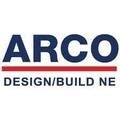 Arco Construction Company
Arco Construction Company
 Turner Construction
Turner Construction
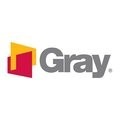 Gray Construction
Gray Construction
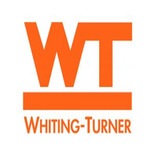 Whiting-Turner Company
Whiting-Turner Company
 PCL Construction
PCL Construction
 Shawmut Design and Construction
Shawmut Design and Construction
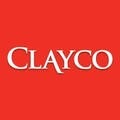 Clayco Inc
Clayco Inc
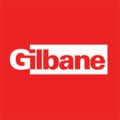 Gilbane Building Company
Gilbane Building Company
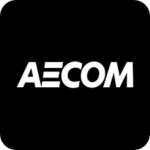 AECOM Tishman Company
AECOM Tishman Company
 JE Dunn Construction Group
JE Dunn Construction Group
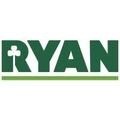 Ryan Companies
Ryan Companies
 Choate Construction Company
Choate Construction Company
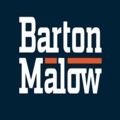 Barton Malow Company
Barton Malow Company
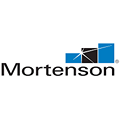 M. A. Mortenson Company
M. A. Mortenson Company
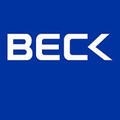 Beck Group
Beck Group
 Skanska USA Building Inc
Skanska USA Building Inc
 Walbridge Aldinger Co
Walbridge Aldinger Co
List of the leading companies in the restaurant construction industry in the Canada
 Chandos Construction Edmonton
Chandos Construction Edmonton
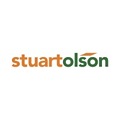 Stuart Olson INC
Stuart Olson INC
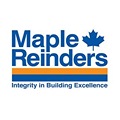 Maple Reinders Constructors
Maple Reinders Constructors
 Jasper Constructors LTD.
Jasper Constructors LTD.
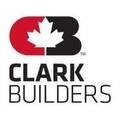 Clark Builders
Clark Builders
 Ventana Construction Corporation
Ventana Construction Corporation
